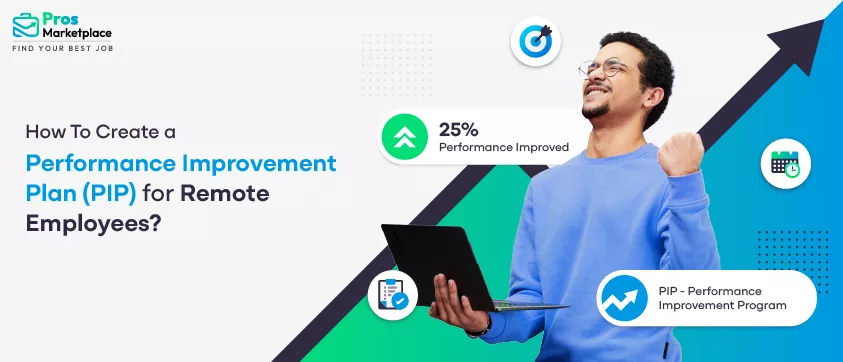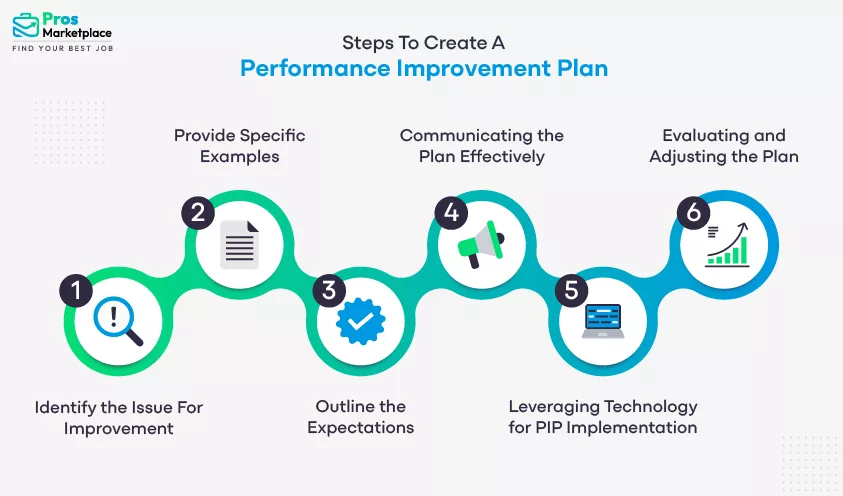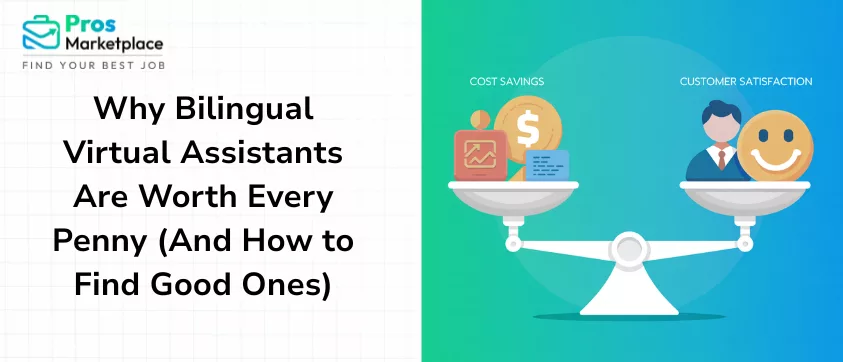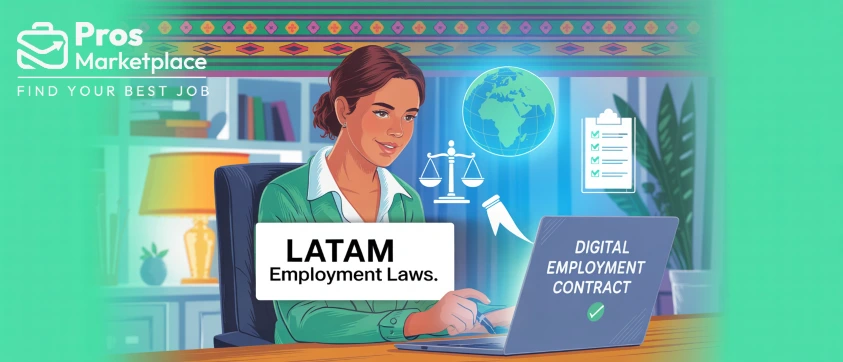With remote work becoming the new normal for many organisations, managers are now faced with the challenge of ensuring their remote employees stay engaged and productive. Moreover, if any performance issues arise, addressing them properly becomes a bit trickier given the employee’s absence from the office. This is where a well-structured employee performance plan can help.
Now, the issue comes if you don’t know how to prepare a well-structured plan. This is because it needs more than just a standard approach. It calls for a clear strategy that is supportive and scalable as per workplace requirements. In this blog, we will guide you through essential steps to create an effective employee improvement plan that drives improvement and fosters success for your remote team.
6 Steps To Create A Performance Improvement Plan
Remote work has given rise to a lot of obstacles, especially when it comes to employee performance, and provides quick responses. This is because communication gaps and misunderstandings may occur as a result of a lack of physical interaction between managers and employees. A well-defined employee performance improvement plan can help tackle these issues by clarifying expectations on both ends. It can also help in outlining a clear path for improvement. Moreover, it also provides legal safeguards by documenting the support offered by the company before employee termination.
However, a lot of employees are not able to pass the PIP effectively. For instance, according to a Blind report, only 41% of people who were put on a PIP were able to pass it and remain in their role. This calls for a PIP that focuses on genuine development, not just dismissal. This is because a well-crafted improvement plan for employees can encourage high work standards and corrective actions. But how can you prepare a well-thought-out performance plan for employees that will help your company and employees in the long run? Let’s take a closer look at the steps now:
1. Identify the Issue For Improvement
The first step in creating an effective performance improvement plan is identifying the gaps in remote employees’ performance and the reason for them. This is vital because it helps to create an effective plan depending on the situation. For instance, your employee could have been facing health issues or family struggles which might hamper their overall performance. On the other hand, there might be factors like lack of engagement, skill gap, lack of resources, or miscommunication leading to poor performance. By understanding all these factors and figuring out the core reason, you can gain valuable insights and craft a PIP plan that tackles the issue effectively.
2. Provide Specific Examples
Once you have figured out the reason, back it up with specific instances of underperformance or lack of engagement. Make sure that these instances are well documented to avoid any confusion or argument. For instance, suppose an employee was assigned a report to be submitted on 15th January and the report was delayed by 2 days without any prior notice, not the date and impact of the delay. Clear and detailed examples like these will ensure that the employee understands the overall impact and the areas where they need to improve to avoid the same issues in the long run.
3. Outline the Expectations
A major part of the PIP plan is outlining the performance standards that the employee needs to meet. This involves specifying what deadlines need to be met and what are the work standards that are expected to be met. For instance, if an employee is falling short on task deadlines regularly, set an expectation that all deadlines need to be met by agreed dates. On the other hand, if communication is an issue, solutions like weekly check-ins and timely task updates might be helpful.
Make sure to guide the employee effectively while setting clear boundaries. By focusing on both weaknesses and strengths, you will be able to create an achievable growth plan.
4. Communicating the Plan Effectively
Clear communication is vital while implementing an employee improvement plan. It is important to be careful while delivering the plan as well because empathy and clarity will set the tone for the entire duration of the performance improvement plan. Moreover, using an effective tool like a video call instead of an audio message or call will do wonders for the process.
During the discussion, express both support and firmness about the expected outcome and encourage the employee to share their concerns, if any. This builds a sense of trust and will make the employee feel valued.
5. Leveraging Technology for PIP Implementation
Technology is an important ingredient for implementing and tracking the PIP plan for remote employees. Tools like Mural enable seamless communication and collaboration. Moreover, they provide features like video calls, task management, and real-time feedback making it easier to manage remote performance. Technology also reduced the gap between managers and employees by ensuring smooth communication. Make sure to use a centralized platform for employee performance plan meetings. This way you will be able to track progress and evaluate the overall performance of the program.
6. Evaluating and Adjusting the Plan
Evaluating a PIP plan is vital to measure its success. Effective actions like regular assessments help evaluate employee progress. In case there is a lack of progress, you can always identify the cause and course correct. Moreover, continuous evaluation shows the company’s commitment to employee success and flexibility during the process. Make sure to adjust the plan to ensure that it meets the employee’s needs and provides the necessary support to overcome obstacles.
Conclusion
A well-crafted PIP plan is important to address employee performance issues in remote teams. Moreover, the process of PIP planning requires a thoughtful and individualized approach. It’s not just about addressing performance issues but fostering long-term growth and improvement. A well-curated mixture of flexibility, regular feedback, and technology usage can support your overall process. This will also empower employees to succeed even in a remote work environment, creating a win-win situation for everyone involved.








